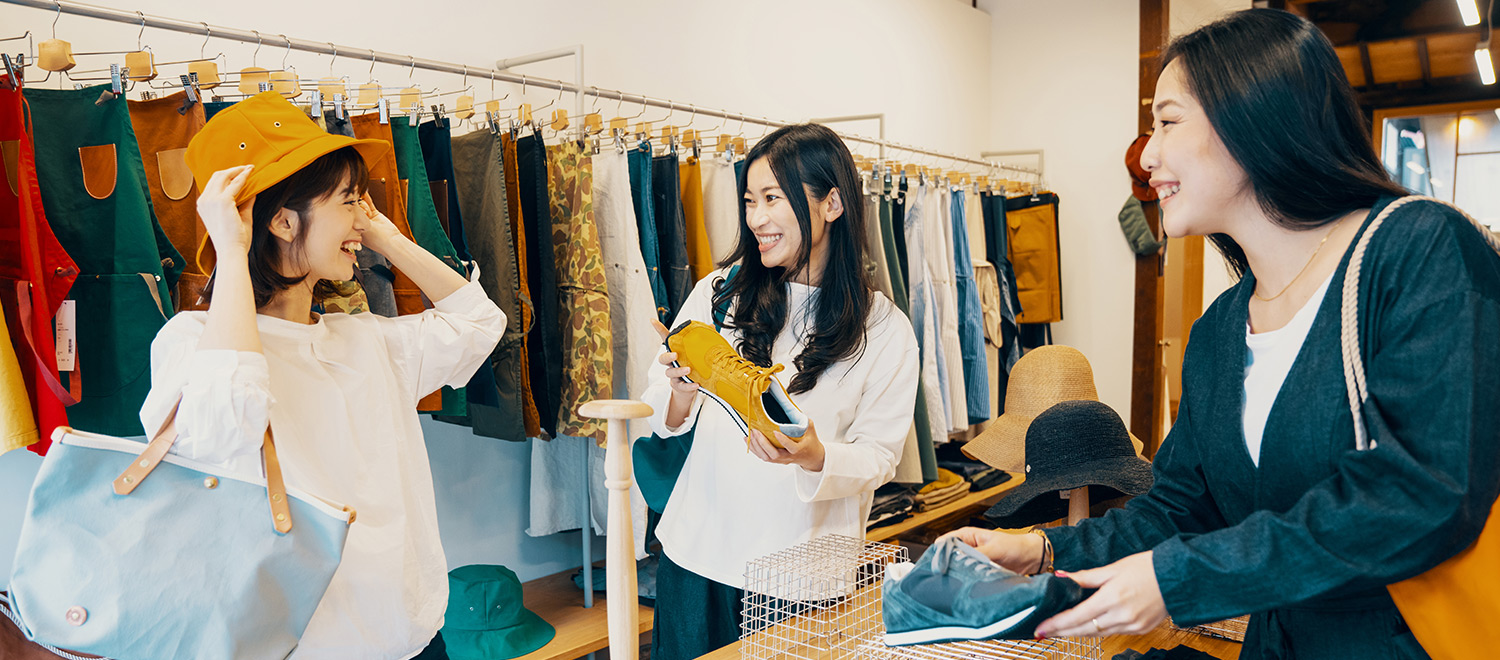Where are the majority of your outfits made in?
Although “Made in America” has been gaining momentum, a big part of your wardrobe probably came from Asia. In 2017, 54% of America’s textile and clothing were imported from the top 3 countries – China (36%), Vietnam (11%), and India (7%). With the rise of fast fashion, consumers now buys 60% more clothing every year and keeps them half as long compared to 15 years ago. Because of such fast turnaround and higher demand, even more clothes are being imported from Asian now than 2017.
That being said, brands like Zara and H&M have zero representation of apparel trends in Asia. But there is one ultimate Asian brand that has been taking over America fast and furiously – Uniqlo.
Uniqlo is a brand that’s ubiquitous of Gap in Japan. The simple, practical, and timeless styles at Uniqlo are often the exact opposite of trendy fast fashion. Unlike Zara and H&M, Uniqlo isn’t in the business of chasing trends. Staples like the versatile black pants, reliable oxfords, crisp cotton socks are available month after month, year after year. It has become a cornerstone of the contemporary wardrobe in the U.S. In America’s coastal cities, Uniqlo’s stores, on Newbury Street in Boston, in SoHo in New York, in San Francisco’s Union Square, are forever clotted with customers.
But most Americans fail to recognize how Uniqlo’s business and design philosophy is actually deeply rooted in Asian culture.
In Asian culture, technology directly translates into premium value and sophistication no matter which industry we are talking about. That’s why Uniqlo touts the use of a number of signature technologies in its clothing. Puffer coats are insulated with “ultra-light down,” a down fill that purportedly makes jackets less bulky and easier to pack, without sacrificing warmth. HEATTECH, marketed as an innovative insulating system, and AIRism, which is promoted as moisture-wicking, are woven into a variety of Uniqlo staples. Although it doesn’t have the reputation in the US, Uniqlo is one of the most innovative icons in Asia.
In Asia, there isn’t much clear differentiation between casual and workwear as we do in America. You may easily find people dressed up in suits in a Sunday morning dim sum. You may also notice their “suits” are not as dressy as what we have here. Many American tourists comment on how stylish and put-together people are when they visit Asia (especially in Korea). That’s because being presentable is deeply rooted in the culture closely tied to the “face” concept. That’s why professional wear in Asia has to be comfortable and affordable. The urban millennials here in the U.S. are pleasantly surprised by the price tag and comfort level Uniqlo offers on their collared shirts and jackets, but little did they know, that’s the established norm in Asia.
Another reason of Uniqlo’s huge popularity is its collaboration with pop culture icons. Instead of collaborating with luxury fashion designers like what H&M does, Uniqlo’s collaborators are usually artists, anime studios, musicians and movie creators. From Naruto Shippuden to Andy Warhol, Uniqlo has a keen sense of the hottest pop culture icon for a wide range of audience and cultures. These limited edition clothing items are also sold for an extremely affordable price, making it irresistible for people to just add them all into their shopping cart.
Next time when you pass by a Uniqlo store or get targeted by a Facebook ad, check it out. You may have just gained a new perspective of everything they sell there.




